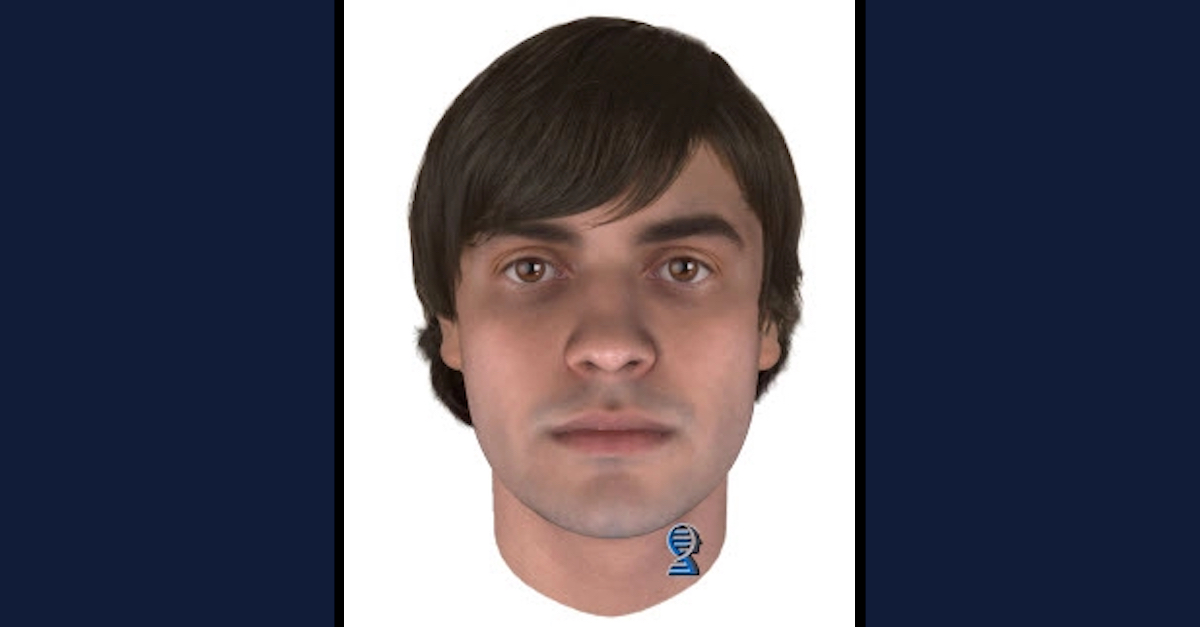
A photo released by the Honolulu Police Department shows 1972 murder victim Nancy Anderson.
A Nevada man is under arrest in connection with a 50-year-old cold case murder.
Tudor Chirila Jr., now 77, was taken into custody in the Reno area on Tuesday, according to Honolulu, Hawaii FOX affiliate KHON. Chirila is charged with murdering Nancy Elaine Anderson on Jan. 7, 1972, in her apartment, the television station said.
DNA technology reportedly helped crack the case.
Anderson was stabbed multiple times in her Waikiki apartment on Aloha Drive, the Honolulu Police Department wrote on a cold case website post.
KHON said Anderson’s roommate woke up on that date and heard water running in Anderson’s bathroom. The door was ajar. That was strange, the roommate thought, because Anderson normally would have left work work by that time. The roommate pushed the door open and saw Anderson’s body on the floor.
Neither the roommate nor any of Anderson’s neighbors said they heard anything suspicious, the television station reported. There were no known witnesses to the slaying.
Citing police records, KHON said blood was located in the bathroom, on Anderson’s bed, and on the floor where her body was found. Bloody towels were also found in the apartment complex where the killing occurred.
“Police interviewed more than a dozen people but the investigation went cold after no viable leads were found,” according to KHON.
The Honolulu Star-Advertiser reported that Anderson graduated from John Glenn High School in Bay City, Michigan in 1970. She was 19 when she was killed. She had moved to Hawaii in October 1971 and was working at an area McDonald’s.

Nancy Elaine Anderson’s apartment building. (Image via a Honolulu Police Department press release.)
Citing its own archives on the matter, the newspaper said Anderson’s roommate, Jody Spooner, then 18, “came home at 2:30 p.m. and found Anderson visiting with two male salesmen.”
“Spooner took a nap and thought she heard a scream at about 4:15 p.m. but did not check on Anderson until about 5 p.m. when she found her body,” the newspaper continued — offering a slightly different version of events than those posited by KHON-TV.
Evidence of a struggle was said to have been found in the apartment, according to the Star-Advertiser; the newspaper described “five or six” wounds to the victim’s “neck, chest and abdomen.”
In the summer of 2020, the Honolulu Police Department partnered with Reston, Virginia-based Parabon NanoLabs to develop a sketch of what the suspect may have looked like based on DNA recovered from the scene.
The process, the police department said, was an attempt to “predict[] physical appearance and ancestry from unidentified DNA evidence.”
“Using DNA evidence from this investigation, Parabon produced trait predictions for a person of interest (POI) in this case,” the police department wrote. “Individual predictions were made for the subject’s ancestry, eye color, hair color, skin color, freckling, and face shape. By combining these attributes of appearance, a Snapshot composite was produced depicting what the POI may have looked like at 25 years old and with an average body-mass index (BMI) of 22. These default values were used because age and BMI cannot be determined from DNA.”
The analysis revealed that the suspect was likely a mix of southern and southeastern European heritage, had brown or hazel eyes, fair or very fair skin with few or very few freckles, and likely had brown or black hair.

A DNA-based sketch of what Nancy Elaine Anderson’s killer may have looked like was produced by Parabon NanoLabs and released by the Honolulu Police Department.
The sketch came with many caveats, however.
“It is important to note that Snapshot composites are scientific approximations of appearance based on DNA, and are not likely to be exact replicas of appearance,” the police department continued. “Environmental factors such as smoking, drinking, diet, and other non-environmental factors — e.g., facial hair, hairstyle, scars, etc. — cannot be predicted by DNA analysis and may cause further variation between the subject’s predicted and actual appearances.”
The since-named suspect would have been around 27 years old around the time the crime occurred.
Honolulu ABC affiliate KIVI reported that “Chirila was first identified as a suspect in Anderson’s murder back in December 2021.”
KHON said authorities obtained DNA from the Chirila’s son in April 2022. That sample was linked to a sample recovered from the crime scene, thus pointing to Chirila as a suspect.
KIVI said a search warrant for Chirila’s DNA was reportedly obtained on Sept. 1, 2022, and a DNA sample obtained on Sept 6. Parabon reportedly confirmed that the DNA was a match on Sept. 12, and Chirila was arrested on Sept. 13, the ABC affiliate reported.
The Reno, Nevada Police Department, which reportedly played a role in the arrest of Chirila, has not responded to a Law&Crime request for any requisite records in the matter. Chirila is reportedly in custody awaiting extradition to Hawaii, but his name does not appear in either a local, county, or statewide jail inmate search in the Silver State.